- Joined
- Jun 8, 2008
- Messages
- 54,165
Maybe this belongs under the healthcare in USA thread but I am sharing it here for now
"
This story is from the Anamnesis episode called Rx for Reality: Clinicians Confront Medical Gaslighting
The first weekend of February 2020 was Super Bowl weekend. I remember it was an unusually mild weekend, sunny and warm compared to our normally frigid and snowy winter weather. I was volunteering as a greeter at an indoor event at a local shop in our town to celebrate the Pagan holiday Imbolc.
I'm an introvert by nature, so this was definitely a step outside my comfort zone. I met people at the doors, ensured they had paid their entrance fee, and chatted with them while they waited to enter. I talked to people from all across the country. It was unexpected considering our little town's rural location in the middle of northern Colorado.
Within a few days, I was sick with symptoms of an upper respiratory infection -- sore throat, congestion, and a cough that was unlike anything I can remember experiencing. It was dry, nonproductive, kept me awake all night, and left me breathless. I also had swelling and tenderness in my left upper abdomen. A bit of an unusual symptom for a cold.
I was sick the whole month of February, and it took two rounds of antibiotics to knock it out.
After I was through this thick of the illness, I still had lingering symptoms. It felt like I was carrying heavy, wet sponges in my chest that bubbled and gurgled when I breathed. I had chest and throat tightness, shortness of breath, and a racing pulse with even the simplest tasks.
Taking a Shower Was Monumental
I tired so quickly. Taking a shower was monumental and exhausting. Over time, my voice changed and became raspy and hoarse, and some days I could barely speak louder than a whisper.
I returned to my primary care physician multiple times as my acute illness continued and began to resolve. But it felt like she minimized or brushed aside all my concerns. She added a new inhaler and then later increased the dosage. She told me I needed the flu and pneumonia vaccine to boost my immune system.
The next visit, she said my symptoms were just deconditioning, that I was overweight and needed to exercise, that I needed to be tested for sleep apnea again, even though three tests within the past 5 years showed that I didn't have it. With every visit, though, my blood work showed steadily declining kidney function. When asked, she said it was still within normal limits and there was nothing to be concerned about.
Initially, I rationalized everything away and chalked it all up to stress.
At the beginning of May, while traveling to the western slope of Colorado to look at potential properties after having gone over the Eisenhower Pass, a distance of roughly 6,000 feet in altitude and back, I began to experience sporadic chest pain that I initially thought was heartburn.
My stomach was queasy and it felt like there was a fire in my throat from reflux when I hadn't eaten anything spicy to bring it on. Then a subtle ache spread from my collarbone and jaw. I was shocked to realize that I might be experiencing the symptoms of a heart attack. So we cut our trip short and returned home to the Front Range.
I was able to see my doctor that afternoon and, for the first time, thoroughly shared with her my concerns that I still hadn't recovered from my illness in February, that it felt like my lungs were damaged and that really what I had was COVID-19. Her initial response was to defer and say that COVID wasn't in the U.S. then, so it's more likely that I just had picked up a bad flu.
But I would no longer be put off, and demanded a CT scan. So she ordered the scan. An EKG done in the office, while not indicating signs of a heart attack, did reveal nonspecific changes. And she wanted to rule out a pulmonary embolism. Within a few short hours, I received a call that the scan was negative for an embolism.
I Was Not Prepared for What It Did Show
But I was not prepared for what it did show -- evidence of severe inflammation and fibrotic scarring. I was terrified. I didn't know what it meant. Was it permanent? Was I going to feel like I couldn't take a deep breath for the rest of my life?
I met with a pulmonologist for further evaluation a few weeks later, but it did not go well. After explaining my symptoms and concerns about my scan, I shared my theory that I had COVID-19 in February. He immediately downplayed the scan results by shrugging and saying, "eh, it's just inflammation." Then, in an offhanded tone, almost jokingly, he replied, "Yeah, I'm in the ICU all day long, intubating patients with sputum flying everywhere, and I haven't caught it yet, so I doubt you got it. But we can do an antibody test if that will make you feel better."
I was speechless. He didn't ask how I was exposed. He just took this infallible and condescending tone that somehow what he did was so much more critical and that if he hadn't caught it, I certainly couldn't have. Here I was, despite my medical knowledge, scared about what was happening with my body. Not knowing if I was ever going to recover or if this damage was permanent.
There was so little known about COVID at this point, it felt utterly reckless to make assumptions about what it was and wasn't doing in the body. It was incredibly frustrating to me that my health was in the hands of a provider who acted so nonchalantly about something that, to me, he obviously knew so little about. And for my concerns and fears to be minimized as if they weren't important.
I accepted the offer for the antibody test. In the meantime, the doctor's solution for my breathing issues was to give me a 1-month-supply sample inhaler, not a prescription, to add to my existing medications. He didn't feel it was necessary to schedule any follow-up appointment.
In June, I came across an article by Ed Yong in The Atlantic titled, "COVID Can Last for Several Monthsopens in a new tab or window." It changed everything. It detailed stories of people infected with the virus in the early spring, who still had strange ongoing symptoms.
This Was Me
I was stunned. This was me. I re-read that paragraph several times and honestly started sobbing right there.
It was the first time I had validation of what I was feeling and experiencing. Of what I already knew on an instinctual gut level. I had COVID in February of 2020. I was, I am a long-hauler.
In the summer of 2021, I saw my primary care physician to ask about trying a medication that research was beginning to suggest might help with long COVID. Without asking for the name of the drug or asking to see the research, she told me point-blank that I should give up hope on this whole long COVID thing. That I was a 47-year-old morbidly obese woman with a history of fibromyalgia, and that was likely the cause of all my issues.
Once again, I was taken aback by the words coming from my doctor's mouth. I had heard so many stories like this from other long-haulers in our community. So many had been told their symptoms were all in their heads, just manifestations of anxiety or depression and that they just needed to lose weight -- an experience known as medical gaslighting. I didn't think that it would happen to me.
Having been overweight most of my life, I'm used to doctors making the automatic leap that obesity equals illness.
While as a medical professional, I am willing to admit that my weight contributed to a worsening of my symptoms, it was not directly responsible for them. So when I responded to my doctor that before COVID, I did not have chronic kidney disease, POTS, or vocal cord paralysis, and I could at least take my dogs on walks around the block without being utterly exhausted and needing to nap for a week, she looked like a deer in headlights and didn't have an answer in response. I left her office and never went back to see her again.
As 1 year post-COVID has morphed into almost 4, my list of diagnoses has grown as well as the specialists I've seen.
Living with a chronic illness that no one knows much about, including most of the doctors you see, is very isolating and can at times be very stigmatizing.
Through it all, I've been willing to stick with providers who can say, "I don't know," and are open to partnering with their patients.
Research is coming out almost daily on long COVID and its associated conditions. I hope it will soon translate into better education for our providers and treatment therapies and successful outcomes for long-haulers. We desperately need it.
"
"
Unmasking a Nurse's Journey Through Long COVID Gaslighting
— "I was taken aback by the words coming from my doctor's mouth"
by Jess Warner, RN March 1, 2024This story is from the Anamnesis episode called Rx for Reality: Clinicians Confront Medical Gaslighting
The first weekend of February 2020 was Super Bowl weekend. I remember it was an unusually mild weekend, sunny and warm compared to our normally frigid and snowy winter weather. I was volunteering as a greeter at an indoor event at a local shop in our town to celebrate the Pagan holiday Imbolc.
I'm an introvert by nature, so this was definitely a step outside my comfort zone. I met people at the doors, ensured they had paid their entrance fee, and chatted with them while they waited to enter. I talked to people from all across the country. It was unexpected considering our little town's rural location in the middle of northern Colorado.
Within a few days, I was sick with symptoms of an upper respiratory infection -- sore throat, congestion, and a cough that was unlike anything I can remember experiencing. It was dry, nonproductive, kept me awake all night, and left me breathless. I also had swelling and tenderness in my left upper abdomen. A bit of an unusual symptom for a cold.
I was sick the whole month of February, and it took two rounds of antibiotics to knock it out.
After I was through this thick of the illness, I still had lingering symptoms. It felt like I was carrying heavy, wet sponges in my chest that bubbled and gurgled when I breathed. I had chest and throat tightness, shortness of breath, and a racing pulse with even the simplest tasks.
Taking a Shower Was Monumental
I tired so quickly. Taking a shower was monumental and exhausting. Over time, my voice changed and became raspy and hoarse, and some days I could barely speak louder than a whisper.
I returned to my primary care physician multiple times as my acute illness continued and began to resolve. But it felt like she minimized or brushed aside all my concerns. She added a new inhaler and then later increased the dosage. She told me I needed the flu and pneumonia vaccine to boost my immune system.
The next visit, she said my symptoms were just deconditioning, that I was overweight and needed to exercise, that I needed to be tested for sleep apnea again, even though three tests within the past 5 years showed that I didn't have it. With every visit, though, my blood work showed steadily declining kidney function. When asked, she said it was still within normal limits and there was nothing to be concerned about.
Initially, I rationalized everything away and chalked it all up to stress.
At the beginning of May, while traveling to the western slope of Colorado to look at potential properties after having gone over the Eisenhower Pass, a distance of roughly 6,000 feet in altitude and back, I began to experience sporadic chest pain that I initially thought was heartburn.
My stomach was queasy and it felt like there was a fire in my throat from reflux when I hadn't eaten anything spicy to bring it on. Then a subtle ache spread from my collarbone and jaw. I was shocked to realize that I might be experiencing the symptoms of a heart attack. So we cut our trip short and returned home to the Front Range.
I was able to see my doctor that afternoon and, for the first time, thoroughly shared with her my concerns that I still hadn't recovered from my illness in February, that it felt like my lungs were damaged and that really what I had was COVID-19. Her initial response was to defer and say that COVID wasn't in the U.S. then, so it's more likely that I just had picked up a bad flu.
But I would no longer be put off, and demanded a CT scan. So she ordered the scan. An EKG done in the office, while not indicating signs of a heart attack, did reveal nonspecific changes. And she wanted to rule out a pulmonary embolism. Within a few short hours, I received a call that the scan was negative for an embolism.
I Was Not Prepared for What It Did Show
But I was not prepared for what it did show -- evidence of severe inflammation and fibrotic scarring. I was terrified. I didn't know what it meant. Was it permanent? Was I going to feel like I couldn't take a deep breath for the rest of my life?
I met with a pulmonologist for further evaluation a few weeks later, but it did not go well. After explaining my symptoms and concerns about my scan, I shared my theory that I had COVID-19 in February. He immediately downplayed the scan results by shrugging and saying, "eh, it's just inflammation." Then, in an offhanded tone, almost jokingly, he replied, "Yeah, I'm in the ICU all day long, intubating patients with sputum flying everywhere, and I haven't caught it yet, so I doubt you got it. But we can do an antibody test if that will make you feel better."
I was speechless. He didn't ask how I was exposed. He just took this infallible and condescending tone that somehow what he did was so much more critical and that if he hadn't caught it, I certainly couldn't have. Here I was, despite my medical knowledge, scared about what was happening with my body. Not knowing if I was ever going to recover or if this damage was permanent.
There was so little known about COVID at this point, it felt utterly reckless to make assumptions about what it was and wasn't doing in the body. It was incredibly frustrating to me that my health was in the hands of a provider who acted so nonchalantly about something that, to me, he obviously knew so little about. And for my concerns and fears to be minimized as if they weren't important.
I accepted the offer for the antibody test. In the meantime, the doctor's solution for my breathing issues was to give me a 1-month-supply sample inhaler, not a prescription, to add to my existing medications. He didn't feel it was necessary to schedule any follow-up appointment.
In June, I came across an article by Ed Yong in The Atlantic titled, "COVID Can Last for Several Monthsopens in a new tab or window." It changed everything. It detailed stories of people infected with the virus in the early spring, who still had strange ongoing symptoms.
This Was Me
I was stunned. This was me. I re-read that paragraph several times and honestly started sobbing right there.
It was the first time I had validation of what I was feeling and experiencing. Of what I already knew on an instinctual gut level. I had COVID in February of 2020. I was, I am a long-hauler.
In the summer of 2021, I saw my primary care physician to ask about trying a medication that research was beginning to suggest might help with long COVID. Without asking for the name of the drug or asking to see the research, she told me point-blank that I should give up hope on this whole long COVID thing. That I was a 47-year-old morbidly obese woman with a history of fibromyalgia, and that was likely the cause of all my issues.
Once again, I was taken aback by the words coming from my doctor's mouth. I had heard so many stories like this from other long-haulers in our community. So many had been told their symptoms were all in their heads, just manifestations of anxiety or depression and that they just needed to lose weight -- an experience known as medical gaslighting. I didn't think that it would happen to me.
Having been overweight most of my life, I'm used to doctors making the automatic leap that obesity equals illness.
While as a medical professional, I am willing to admit that my weight contributed to a worsening of my symptoms, it was not directly responsible for them. So when I responded to my doctor that before COVID, I did not have chronic kidney disease, POTS, or vocal cord paralysis, and I could at least take my dogs on walks around the block without being utterly exhausted and needing to nap for a week, she looked like a deer in headlights and didn't have an answer in response. I left her office and never went back to see her again.
As 1 year post-COVID has morphed into almost 4, my list of diagnoses has grown as well as the specialists I've seen.
Living with a chronic illness that no one knows much about, including most of the doctors you see, is very isolating and can at times be very stigmatizing.
Through it all, I've been willing to stick with providers who can say, "I don't know," and are open to partnering with their patients.
Research is coming out almost daily on long COVID and its associated conditions. I hope it will soon translate into better education for our providers and treatment therapies and successful outcomes for long-haulers. We desperately need it.
"




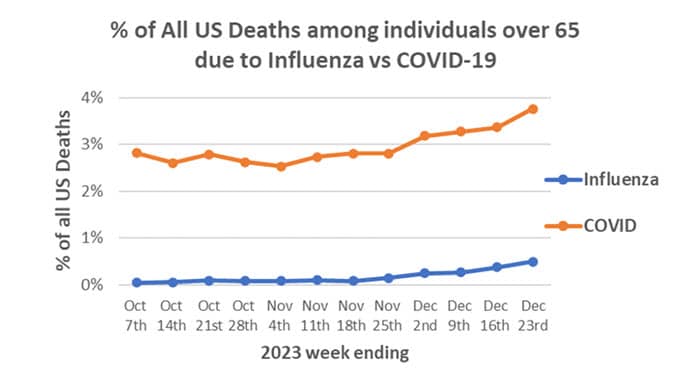
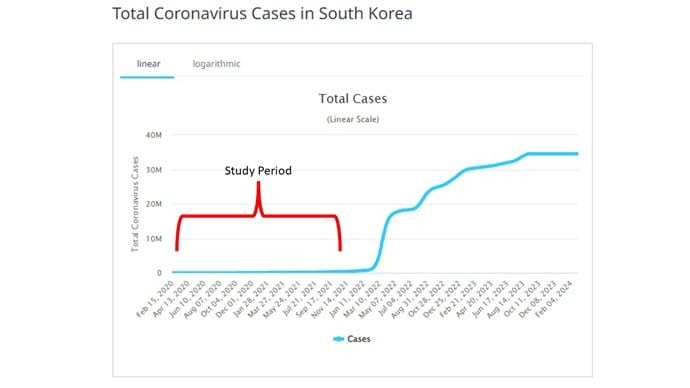
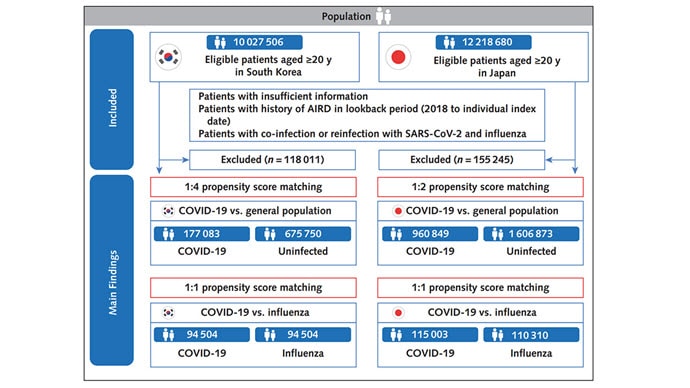
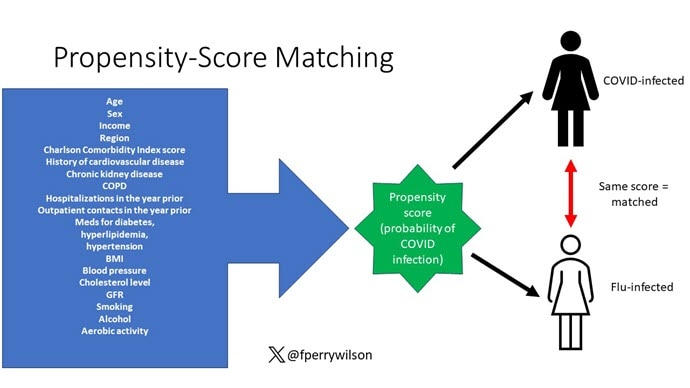


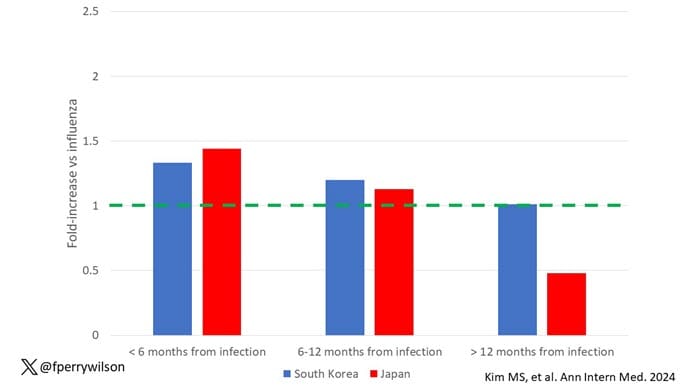









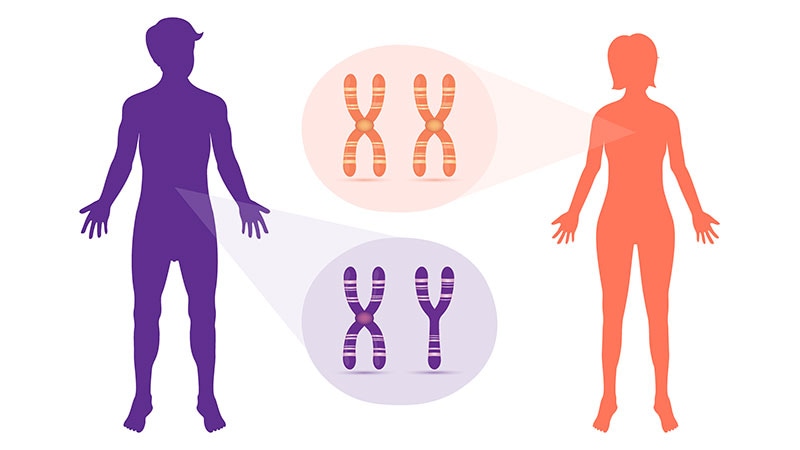


300x240.png)